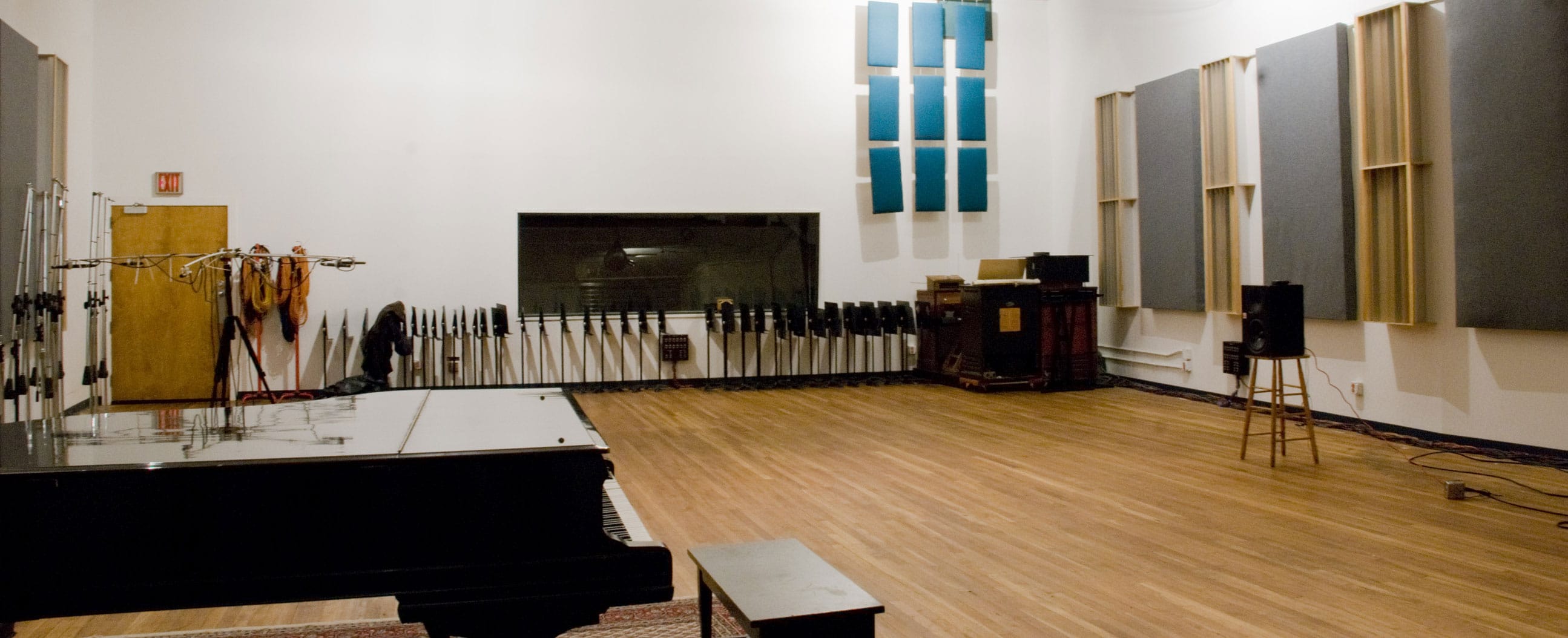

So, with version 7, Altiverb steals the convolution crown from… Altiverb 6! It's quick, unfussy and always sounds incredible, and that remit of providing stunning real-world ambiences and simulations of classic gear remains as solidly upheld as ever. The pop-out browser, however, is great, although 1440x900 laptop users will find themselves opening and closing it constantly. The new interface isn't dramatically easier to navigate and use than before, but it is cleaner. The more things change…Īltiverb 7 sounds every bit as beautiful as Altiverb 6 - often more so, thanks to the algorithmic reverb layer, gate and tempo sync.
Altiverb library full#
Full instructions and a variety of source sounds are on the Audio Ease site. You can also make your own IRs by firing a suitable sound into the space or through the hardware to be captured, recording the result and dragging it into the Altiverb interface. The full list is on the website - it makes fascinating reading and really gets across the passion that Audio Ease has for making its IR library ever more powerful, versatile and quirky. Audio Ease has sampled some of the world's most acoustically impressive structures, a range of classic and not-so-classic hardware, over 20 car interiors, tons of 'domestic' and public spaces and a variety of off-the-wall chambers. And the improved Positioner now gives 10 times more stage space for extremely flexible source positioning within the virtual environment, both left-to-right and front-to-back.Īltiverb has always had the ability to load any audio file as an IR, but now this can be done via drag and drop - though the results vary in terms of usability.Īltiverb 7's library of IRs weighs in at 3.4GB and comprises a massive collection of spaces and devices. There's also now a gate onboard, the closing time of which can be set in host-synced beat divisions or seconds/milliseconds - as, indeed, can the lengths of the newly simplified Pre-Delay and Attack parameters.Īpplying EQ has been made more intuitive by the addition of an interactive graphical EQ curve, while the new modulation controls (Speed and Depth) enable the subtle randomising of early reflections in order to add a bit of natural variation to the reverb and 'cloud' slightly out of tune notes. Comprising just a depth control (Bright), this does an impressive job of boosting high-frequency response and, consequently, brightness. Intriguingly, Altiverb now includes a fully synthesised algorithmic 'secondary' reverb for adding top-end sheen. Altiverb is unable to resolve the overwrites properly, soit seems that each automation envelope has to be created in one pass. That aside, it works fine, although punching in and out of sections of the envelope to overwrite them causes problems. The changes themselves don't happen immediately, either, so this particular feature is more applicable to post production than music. Owing to the fact that there's "a lot of trickery going on behind the scenes", IR Automation changes have to be recorded in real time and can't be drawn or edited by hand. Sadly, 'your host' doesn't include Ableton Live, thanks to its teeth-clenchingly frustrating inability to automate anything it can't 'see' in the GUI - good job the old snapshot system is still in place, too, then. Previously, a snapshot system was used to switch between IRs on the fly, but the new system is somewhat easier, with IR Automation appearing as an automatable parameter in your host. The second headline feature, aimed at the post-production market, is the ability to automate IR selection. Presets are also accessed via the browser, although they can't be searched, oddly. IRs now load more quickly than before, too. IRs can now also be searched by name or keyword ('large', 'metal', 'church', 'plate', etc), organised by size and marked as Favourites and the new Similar button instantly filters down to all IRs with similar characteristics to the currently selected one. It's not a huge deal, but it certainly makes browser navigation more immediate and, well, fun, if that matters. Altiverb is famous for the flat and 'VR' images (interactive 360° panoramics, essentially) that accompany each IR, and now those images are used throughout the browser as well as in the main display when an IR is actually loaded. More importantly, IRs and presets are now navigated using the new picture browser, a resizable pop-out window that boasts far more functionality than its text-based predecessor.


 0 kommentar(er)
0 kommentar(er)
